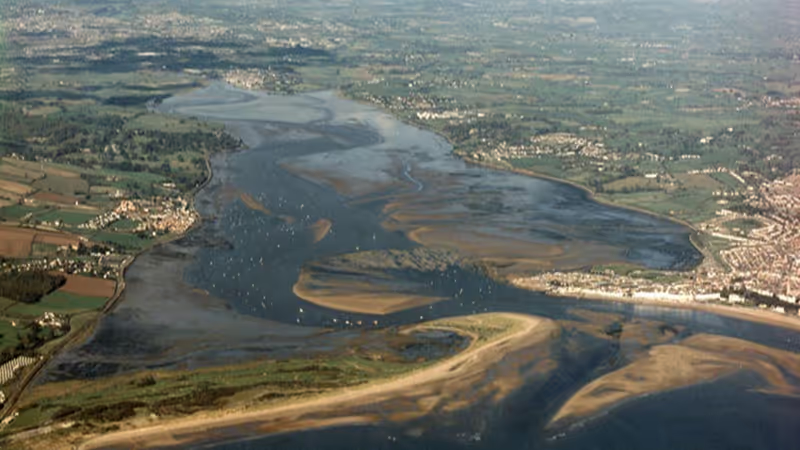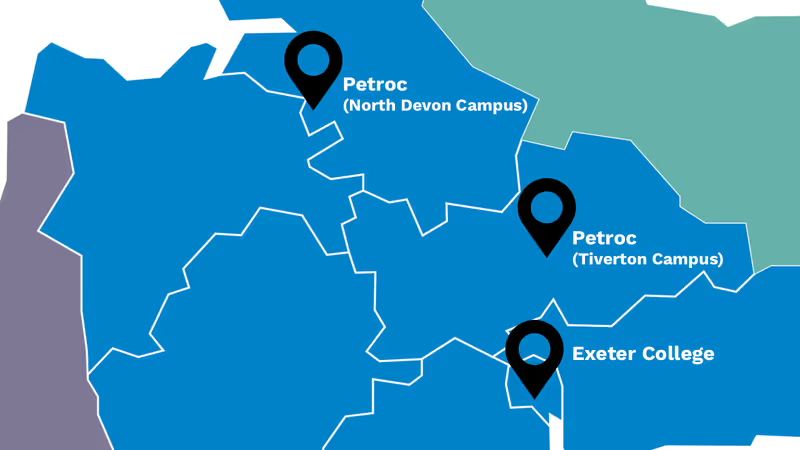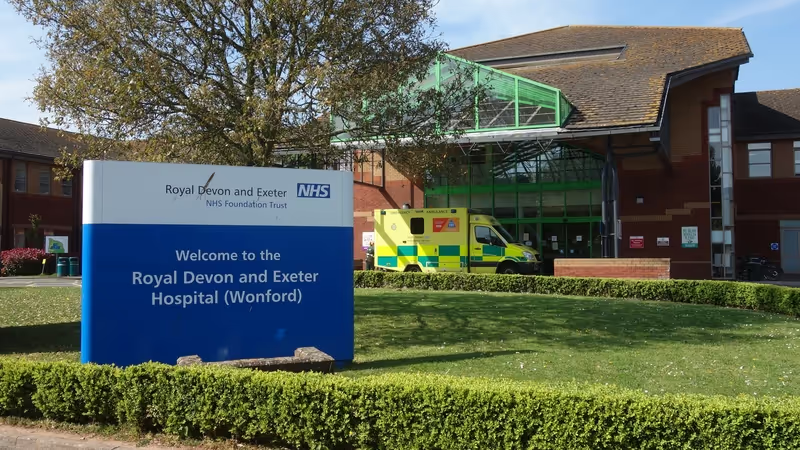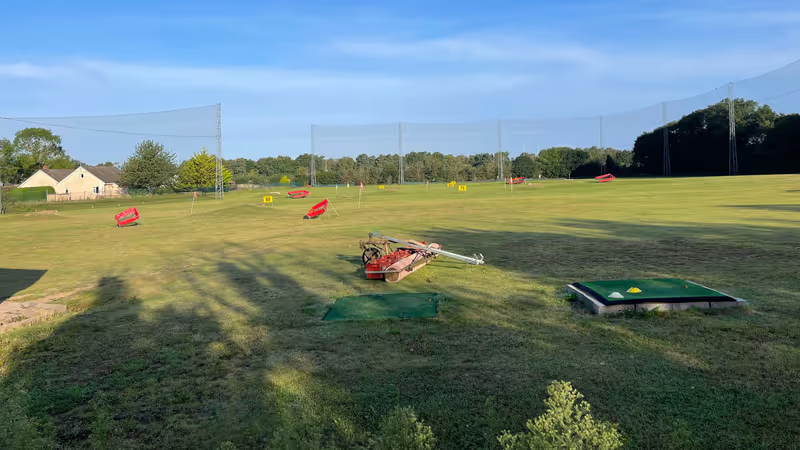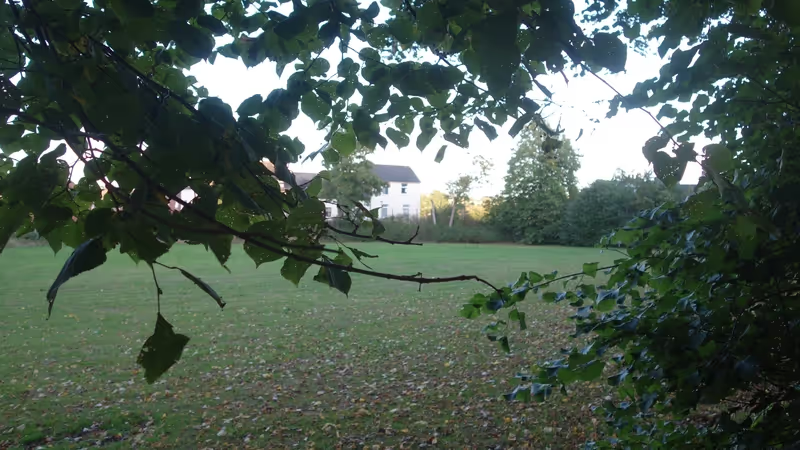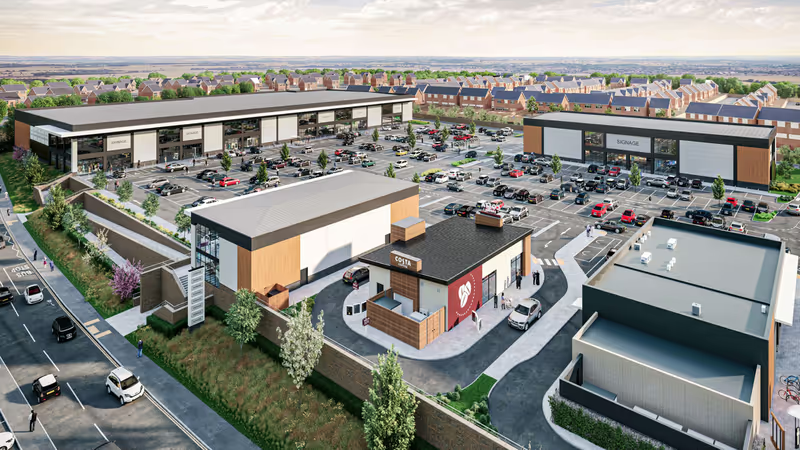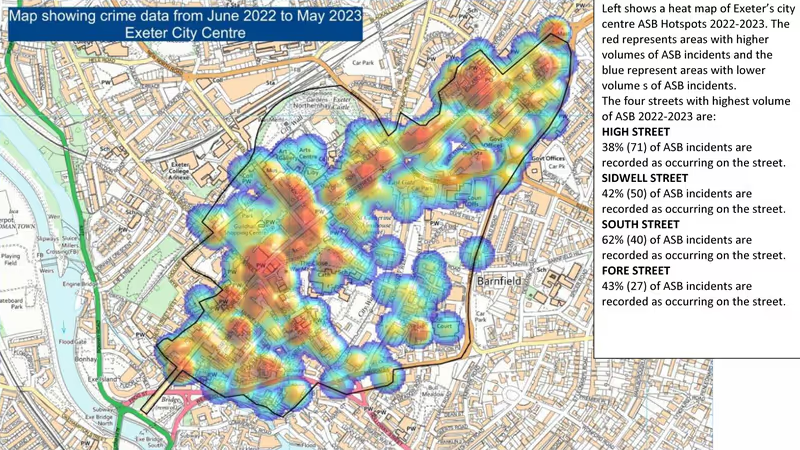St Sidwell’s Community Centre is hosting a double celebration on Saturday. It will be the community centre’s twentieth anniversary and Sidwella Day, when Exeter’s patron saint is celebrated each year.
Local residents are invited to enjoy an afternoon of good food, live music and activities from 2pm.
Kofta, falafel, salad, cakes and hot and cold drinks will be served by volunteers from the community centre café, Sidwell Street Bakehouse and Olive Tree ESOL class, and Julie, the centre’s garden manager, will be inviting kids and families to learn more about the centre’s flora and fauna on a community garden discovery trail.
A guided heritage tour of the area around the community centre will start at 12.30pm. It lasts an hour and a half and delves deep into the history of the eastern end of the city centre, known as the Grecian quarter after its earlier non-Roman inhabitants. Tickets are available from the community centre website.
Rolling tours of the community centre are also on offer throughout the afternoon, including a chance to see the magnificent stained glass windows in the chapel at its west end.

The community centre, which opened in 2001, is known to most as “St Sid’s”. It is an independent, entirely secular charity which welcomes everyone regardless of background, ability or circumstance and offers a range of activities, events and services for the local community.
It runs a community café, a bakery and cookery school and free English for Speakers of Other Languages (ESOL) classes. The centre also manages a large community garden, where events are held and organic fruit and vegetables are grown for use in the café, offers meeting rooms for hire to local groups and acts as a local heritage hub for Exeter city centre’s eastern quarter.
In 2020, with crowdfunding support, the community centre refurbished what had been a Halfords chain store on the other side of Sidwell Street. It re-opened as a dedicated bakery and cookery school, where volunteers are trained in craft bread-making while making sourdough and other slow fermentation breads and cakes for sale over the counter and at Exeter Farmers’ Market.
There are volunteering and work experience opportunities across all areas of the centre’s work. Gardening sessions have recently resumed, offering a chance to learn about tasks like seed sowing, weeding, planting, mowing, watering and more. Sessions are open to everyone and the centre provides tools, gloves, guidance and refreshments.
 St Sidwell’s Community Centre volunteers with Sidwella willow sculpture
St Sidwell’s Community Centre volunteers with Sidwella willow sculpture
Most of Sidwell Street, including the community centre, was rebuilt in the 1950s after the destruction of the street in the 1942 Exeter Blitz, but the area has a rich history which dates back 2000 years. There have been four churches on the site, the first of which was built more than 1000 years ago.
This Saturday’s celebrations mark Sidwella Day in honour of the patron saint of Exeter and namesake of Sidwell Street.
Sidwella, who is believed to have lived during the 6th century, is said to have been a modest, chaste, virginal, devout and courageous local lass. At least she was until a couple of farmworkers apparently killed her with a scythe.
The truth of this is far from certain, since the story appears to have been sexed up by Bishop Grandisson in the 14th century. He introduced a wicked stepmother into the story, who paid the farmworkers to do the deed, and the miraculous creation of a water spring where she fell.
Nothing is known about Sidwella’s taste in architecture and we can only imagine what she might have made of today’s Sidwell Street, including the current 1957-58 replacement for the original Saxon St Sidwell’s Church. It was designed by the same firm that bequeathed the city the nearby supermarket building.
She might, however, have concluded that the 21st century was not beyond redemption if she visited today and discovered what goes on within the former church’s walls.
 St Sidwell’s Sidwella 19th century stained glass window detail
St Sidwell’s Sidwella 19th century stained glass window detail
The building is now divided into three parts: a small chapel at the west end, social housing on the two upper floors and the community centre itself.
The chapel is used for services by a small but faithful congregation. Its centrepiece is a stunning stained glass window by the Bideford artist James Paterson installed in 1958, juxtaposing the murder of Sidwella with the 1942 bombing of the previous 19th century church on the site.
Sidwella is not a “saint” in the sense of having been canonised but rather a local “martyr” recognised by the local bishop, a practice which became so uncontrolled that in the 16th century the Catholic Church took over and centralised authority for canonisations in Rome.
However she could instead be seen variously as a symbol for civil society (the transfer of most of the church building to the community centre), the natural environment (the nearby well spring water) and, through her secularisation, as an image for a wider community of all faiths and none.
